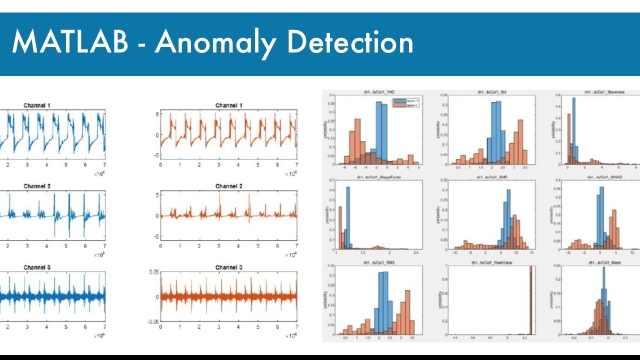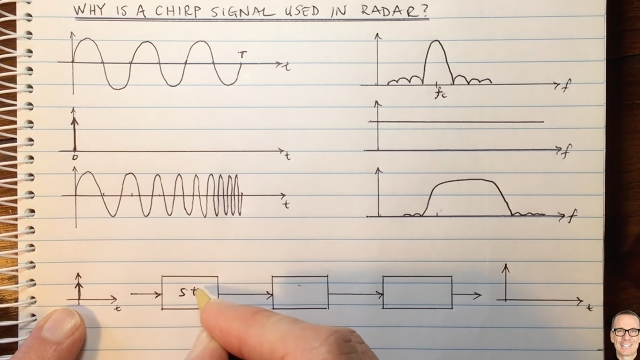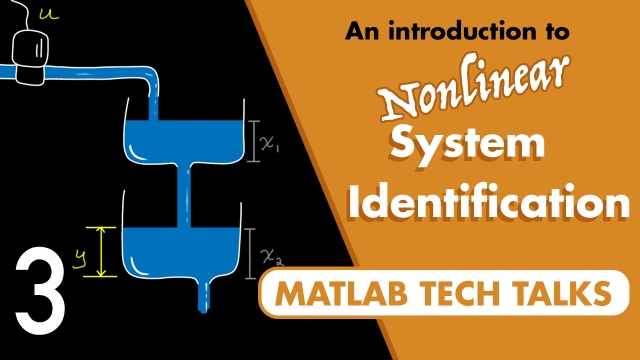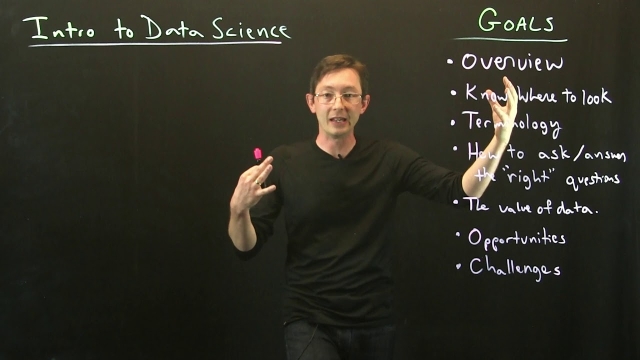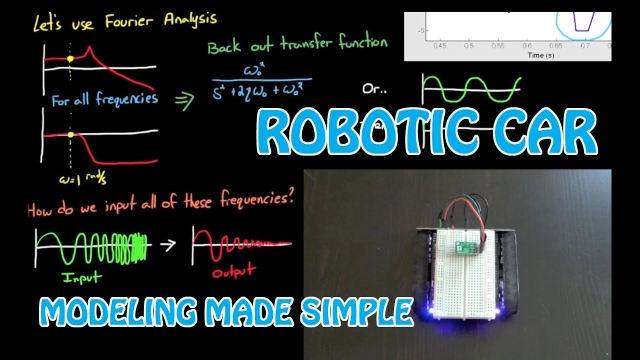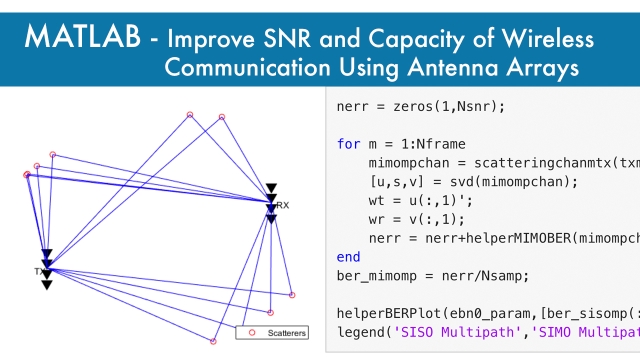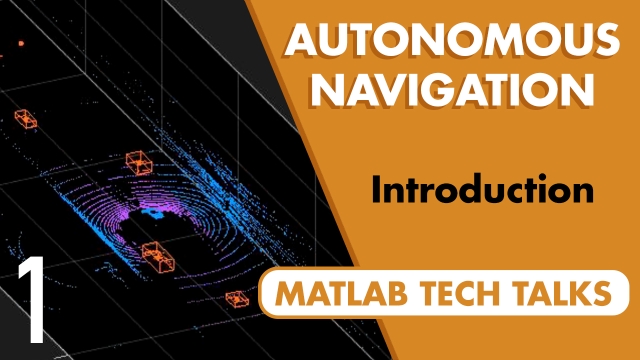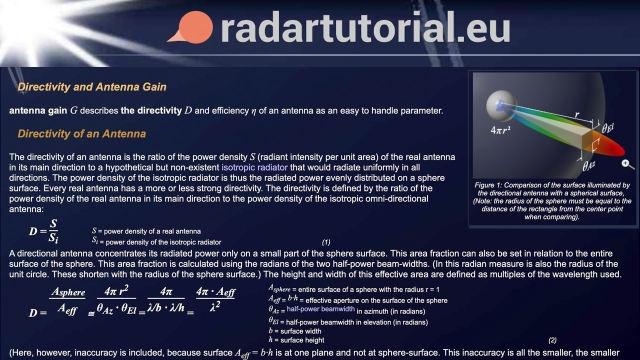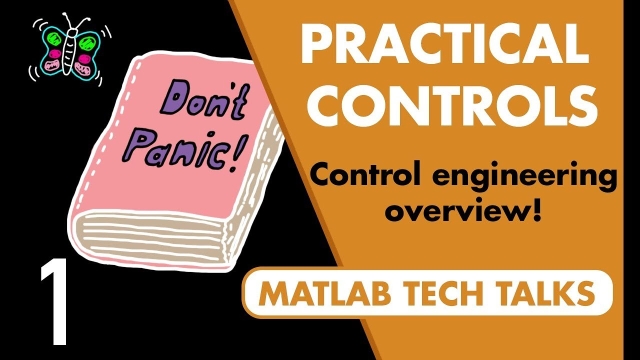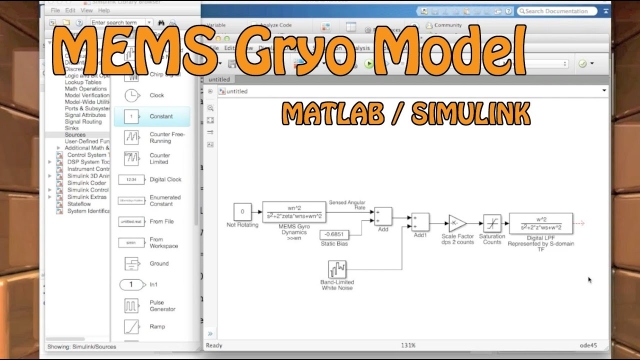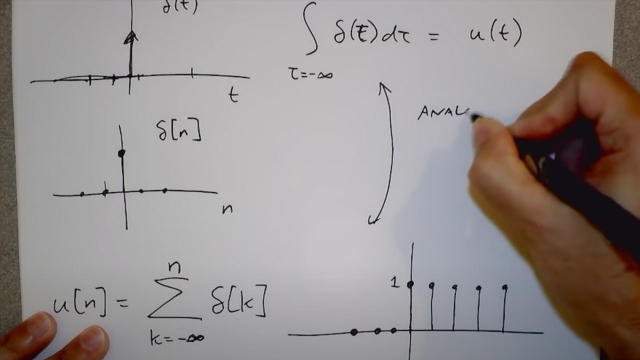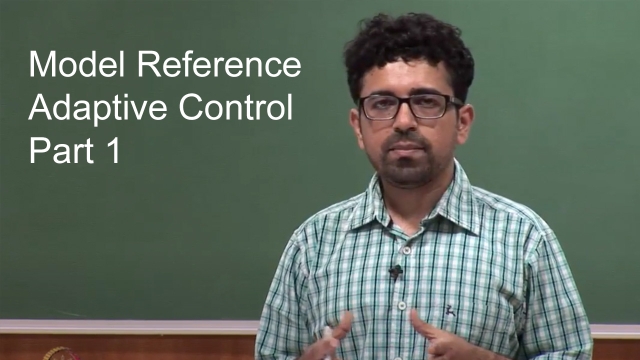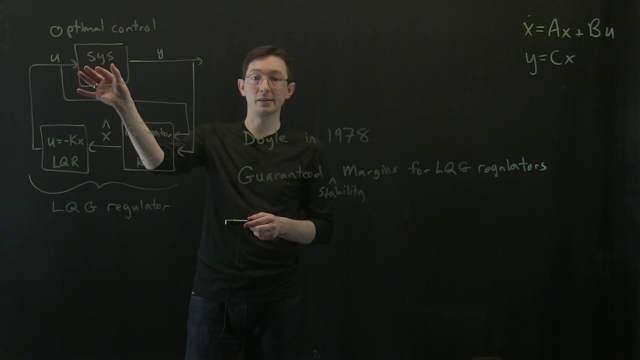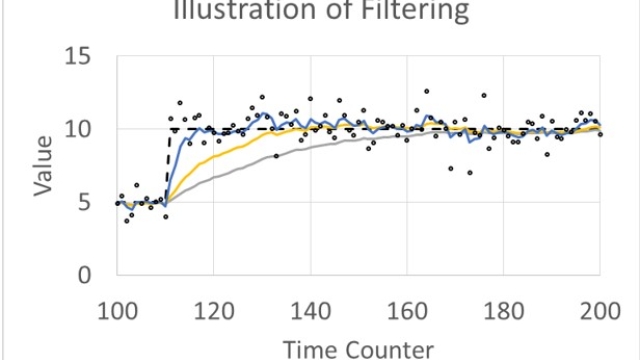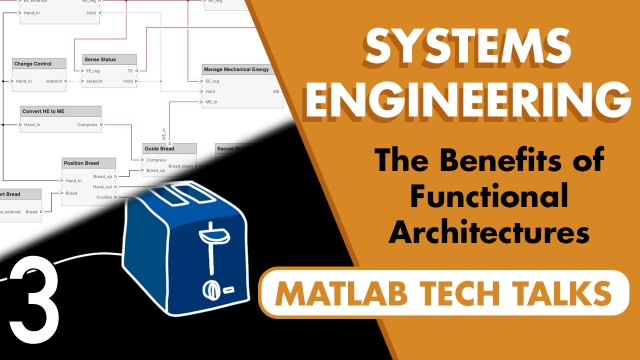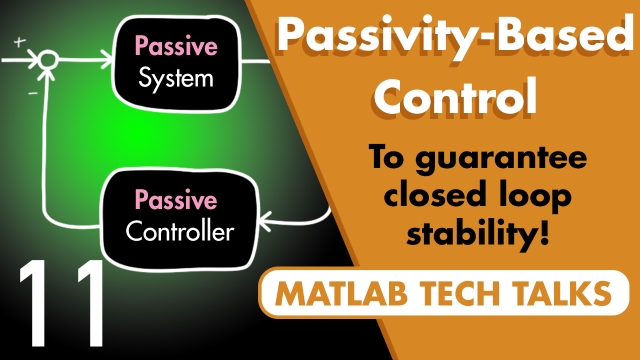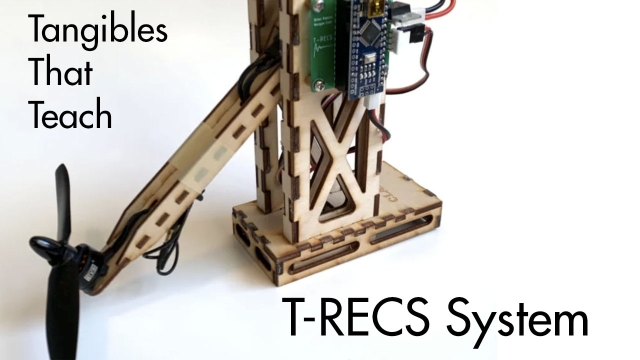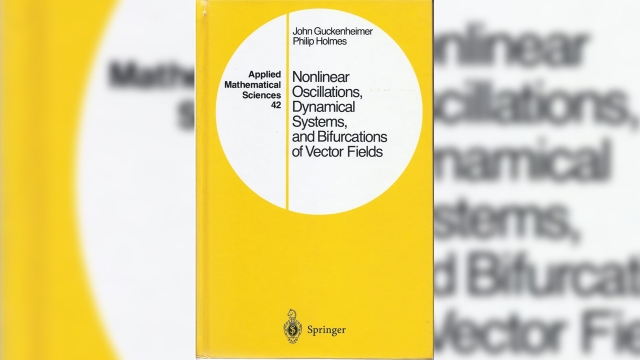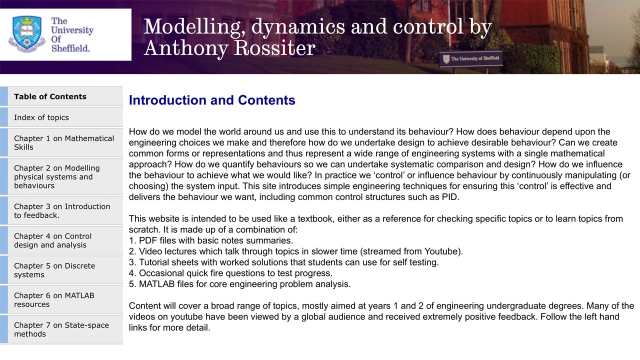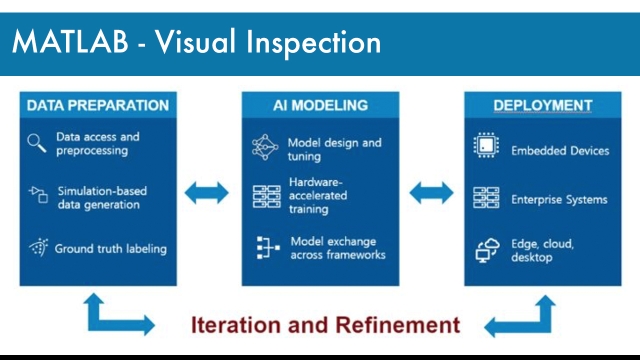
DSP Related
Website with a lot of good content for any DSP scientists, researchers, and developers.
See MoreMATLAB Discovery Page - Anomaly Detection
Anomaly detection is the process of identifying events or patterns that differ from expected behavior. Anomaly detection can range from simple outlier detection to complex machine learning...
See MoreWhy is a Chirp Signal used in Radar?
Gives an intuitive explanation of why the Chirp signal is a good compromise between an impulse waveform and a sinusoidal pulse waveform for radar.
See MoreNonlinear System Identification | System Identification, Part 3
Learn about nonlinear system identification by walking through one of the many possible model options: A nonlinear ARX model. Brian Douglas covers the importance of adding an offset term to...
See MoreOIT System Design Laboratory (Japanese)
A collection of video lectures from OIT SDL.
See MoreIntro to Data Science: Overview
This lecture provides an introductory overview to data science. I will discuss the high-level goals of this lecture series, and how data science is about asking and answering questions with...
See MoreRobotic Car - A Simple Way to Build a Model
You don't always have to work out the math in order to build up a model of your system. Sometimes generating a model is as easy as running a simple test and inspecting the results. I show...
See MoreWhat Is a Control System and Why Should I Care?
This is a 25 minute abbreviated version of the Part 1 & Part 2 talk. It goes through the basic ideas while skipping some of the details and examples of the longer talks. The talk abstract...
See MoreImprove SNR and Capacity of Wireless Communication Using Antenna Arrays
The goal of a wireless communication system is to serve as many users with the highest possible data rate given constraints such as radiation power limit and operating budget. To improve the...
See MoreAutonomous Navigation, Part 1: What is Autonomous Navigation?
Navigation is the ability to determine your location within an environment and to be able to figure out a path that will take you to a goal. This video provides an overview of how we get a...
See MoreControl Design Onramp with Simulink
Learn the basics of feedback control design in Simulink®. Adjust the gains of a PID controller to change the dynamics of a physical system and get the closed-loop system behavior that you...
See MoreDirectivity and Antenna Gain - radartutorial.eu
This page describes antenna directivity and gain. The directivity of an antenna is the ratio of the power density S (radiant intensity per unit area) of the real antenna in its main...
See MoreControl Systems in Practice, Part 1: What Control Systems Engineers Do
This video walks through the phases of a typical project and describes what it means to be a control systems engineer. It covers the concept formulation phase, in which your job is to help...
See MoreA simple MEMS gyro model using MATLAB / Simulink
This video walks through how to model a simple MEMS gyroscope using MATLAB/Simulink. At the end I show you how to linearize this model to use in your linear control loop design and analysis.
See MoreDSP Lecture 1: Signals
This is a video lecture for ECSE-4530 Digital Signal Processing by Rich Radke, Rensselaer Polytechnic Institute.
See MoreModel Reference Adaptive Control Part-1
Video course on nonlinear and adaptive control by Dr. Shubhendu Bhasin, Department of Electrical Engineering, IIT Delhi.
See MoreControl Bootcamp: Introduction to Robust Control
This video motivates robust control with the famous 1978 paper by John Doyle, titled "Guaranteed Margins for LQG Regulators"... Abstract: There are none.
See MoreFirst-Order Filters
Use data filters to temper noise - relation of options to lag and variance reduction
See MoreSystems Engineering, Part 3: The Benefits of Functional Architectures
Functional, logical, and physical architectures are important tools for designing complex systems. We describe what architectures are and how they contribute to the early stages of a project...
See MorePassivity-Based Control to Guarantee Stability | Control Systems in Practice...
Learn about passivity-based control to guarantee closed-loop stability of feedback systems. Consider different ways to assess the stability of systems other than looking at gain and phase...
See MoreT-RECS System
The Transportable Rotorcraft Electronic Control System (T-RECS) is a collection of components that can be built into a rotorcraft demonstrator. This hardware can be used as a test bed to...
See MoreNonlinear Oscillations, Dynamical Systems, and Bifurcations of Vector Fields...
From the reviews: "This book is concerned with the application of methods from dynamical systems and bifurcation theories to the study of nonlinear oscillations. Chapter 1 provides a review...
See MoreModelling, dynamics and control
How do we model the world around us and use this to understand its behaviour? How does behaviour depend upon the engineering choices we make and therefore how do we undertake design to...
See MoreWhat is a Matched Filter?
This video explains the Matched Filter from a signals perspective.
See MoreMATLAB Discovery Page - Visual Inspection
Visual inspection is the image-based inspection of parts where a camera scans the part under test for both failures and quality defects. Automated inspection and defect detection are...
See More

